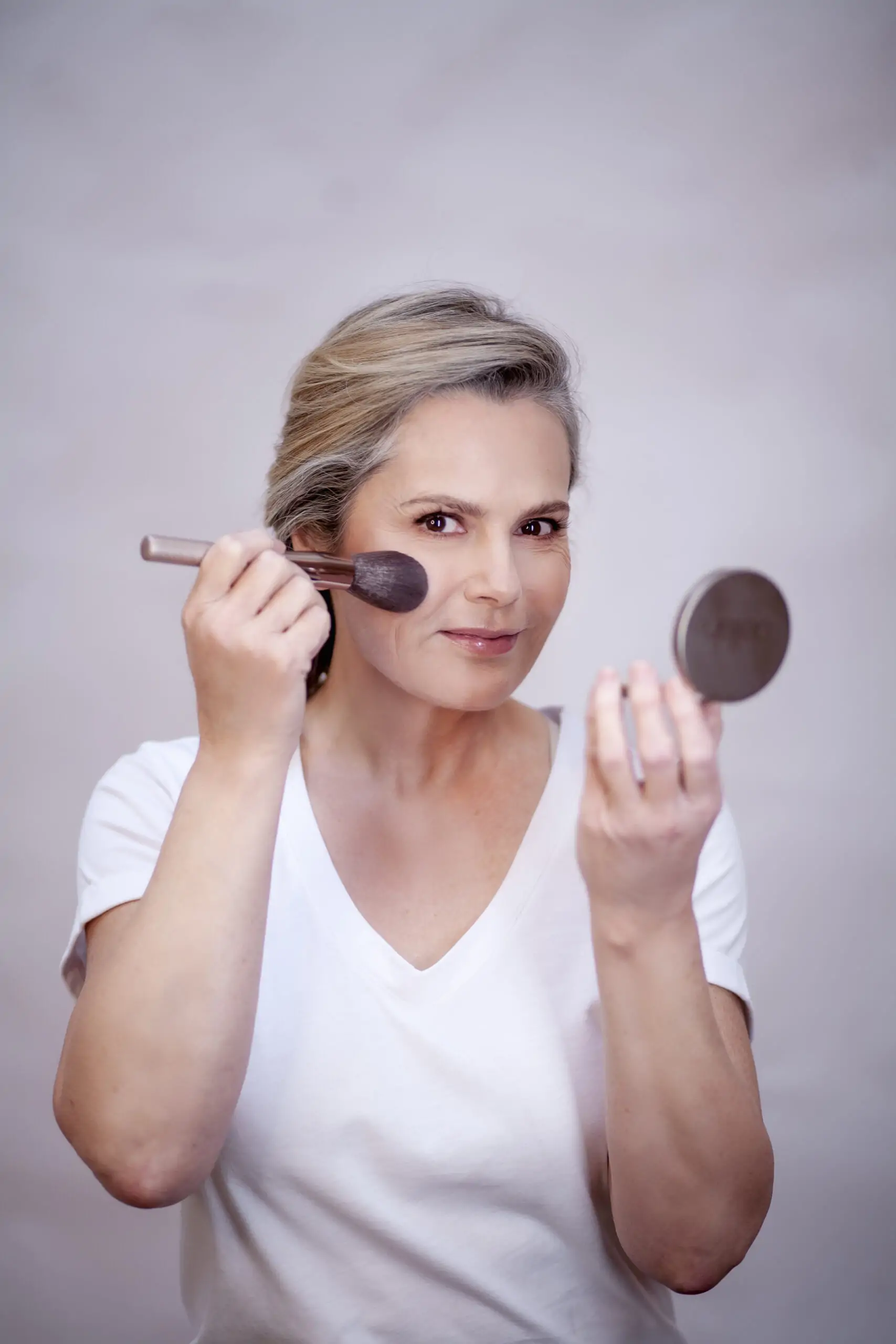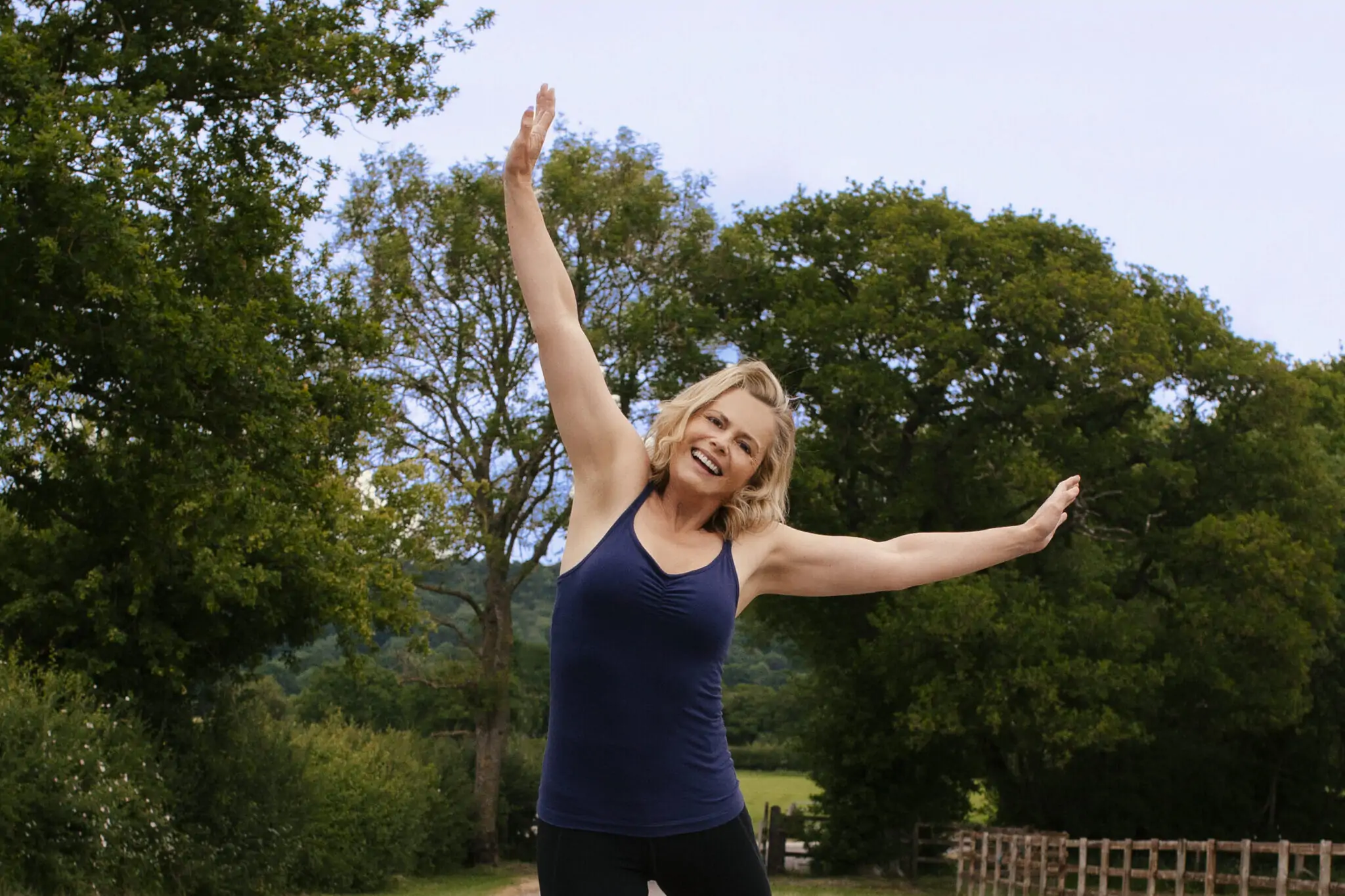Exercise
Why mobility is vital in midlife for strength and fitness
Mobility training is a significantly overlooked area of strength and fitness – but it’s what will keep us independent and spry in our later years.
A common assumption about ageing is that we automatically lose the ability to do the simplest everyday tasks – such as bending to pick up the washing. But what if this didn’t have to be the case?
Maintaining good mobility means we can keep moving in all the ways we’re accustomed to as we age, while also lowering our risk of debilitating injury. And, just like running to support cardio health or lifting weights to increase muscle, there are specific ways to train for improved mobility.
“A lot of people get confused between flexibility and mobility,” says Kim Gardner, a personal trainer and mobility specialist.
“Flexibility is the ability to take your body into desired positions. Exercises may involve holding a stretch or completing dynamic movements that can be passive or active.”
Mobility training, meanwhile, looks different.
“Mobility is often referred to as the range of motion around a joint, but it’s also the measurement of your ability to move well and independently,” Kim explains. “To achieve this, it’s important to work on strength and stability, as well as stretching.”
The benefits of mobility training
Especially in our older years, mobility is vital for engaging in smaller functional movements, says Jane Basley, a personal trainer and founder of Body Manoeuvres.
“Can you twist around and talk to somebody?” poses Jane. “Or maybe you need to manoeuvre around something in a store – can you take smaller steps and be comfortable doing that?”
Mobility training is also advantageous in reducing injury risk, adds Kim. This is true both for those living a more sedentary lifestyle and those who are active. For individuals who regularly exercise, good mobility enables us to perform movements (such as a squat or lunge) better and more efficiently.
“Until you don’t have mobility, you don’t realise how important it is,” says Kim.
How to start mobility training
The words ‘strength training’ can be intimidating – but this aspect of mobility training needn’t involve hitting the weights rack.
“The most important thing to understand is that we can improve our strength without doing weights,” says Jane. “There are lots of things you can use around the home to improve your mobility and strength.”
This might be using a table, chair or wall to do push-ups against, rather than the floor, as the angle reduces the load on the body.
Some primary mobility training exercises involve glute bridges, lunges and downward dog – all targeting big muscle groups. But it’s important not to overlook smaller muscles and joints, such as the wrists and feet.
“The feet and ankles are one area I think less attention is generally paid to,” states Jane. “Despite how vital they are for walking!”
In addition to strength, stability is an essential element of mobility training, and working on your balance can also be easily achieved at home.
Try standing on one leg while waiting for the kettle to boil (make sure you have something to hold onto if necessary). Jane also recommends practising heel-to-toe walking, with one foot directly in front of the other.
Last but not least, both Kim and Jane recommend incorporating walking into your mobility training regimen – as the activity involves multiple joints and muscles. Not only does it work the legs and feet, but also the core (which involves your stomach and back) and hip flexors.
How long does it take?
As for how long to dedicate to mobility training each day, the reality is likely less than you’d expect.
“If you’re doing things specific for your body’s needs, as little as 10 minutes would go a long way,” Kim says. She adds that consistency is also key. “It doesn’t have to be every day, but two to four times a week is good.”
Remember to mix up exercises, too. Variety helps prevent boredom but is also important for well-rounded results.
“If we use our muscles the same way the whole time, then just one aspect of our mobility gets stronger,” reveals Jane.
Mobility for all ages
Good news: it’s never too late to start mobility training.
“The term ‘you can’t teach an old dog new tricks’ is not true at all,” states Jane. “It doesn’t matter what age we are; our brain and nervous system can learn new things.”
That said, the earlier you start, the easier it’s more likely to be. “As we get older, we can improve what we’ve got, but you’ll make life much easier for yourself if you start younger and keep going,” she continues.
Starting mobility training (as with any exercise) is best done slowly and steadily. Don’t push yourself into moves that feel painful or too much for your body. It’s always OK to make modifications while building up strength and flexibility in an area. For instance, Kim notes that one way to improve wrist mobility is to turn your wrist, using your muscles to slowly take it around its full range – but someone with wrist pain might make a smaller circle
Getting started with any new activity can be daunting. However, as Kim explains, the goal with mobility training is “longevity and being able to do the things you enjoy and love.”
4 mobility exercises to try
Glute bridges
“This is good for strengthening the back and opening the hips,” reveals Kim. Lie on your back, then pull your feet towards your bum to a 90-degree angle. Slowly lift your hips, hold for a few seconds, then gently go back down.
Shoulder circles
With your arm at your side, slowly lift and circle it up and over your shoulder before bringing it back to your side. “Keep it within a range that’s
comfortable,” Kim says. If an extended arm is too difficult, try placing your hand on your shoulder to make it easier.
Foot flexing
To target the smaller muscles and joints in your feet, Jane suggests pointing and flexing the foot. Then, scrunch your toes up before spreading them out.
Toe taps
This will help improve balance and core. Stand on your left leg, then slowly move your right leg backwards and forwards – first to a 12 o’clock position, then three o’clock, then six o’clock.





